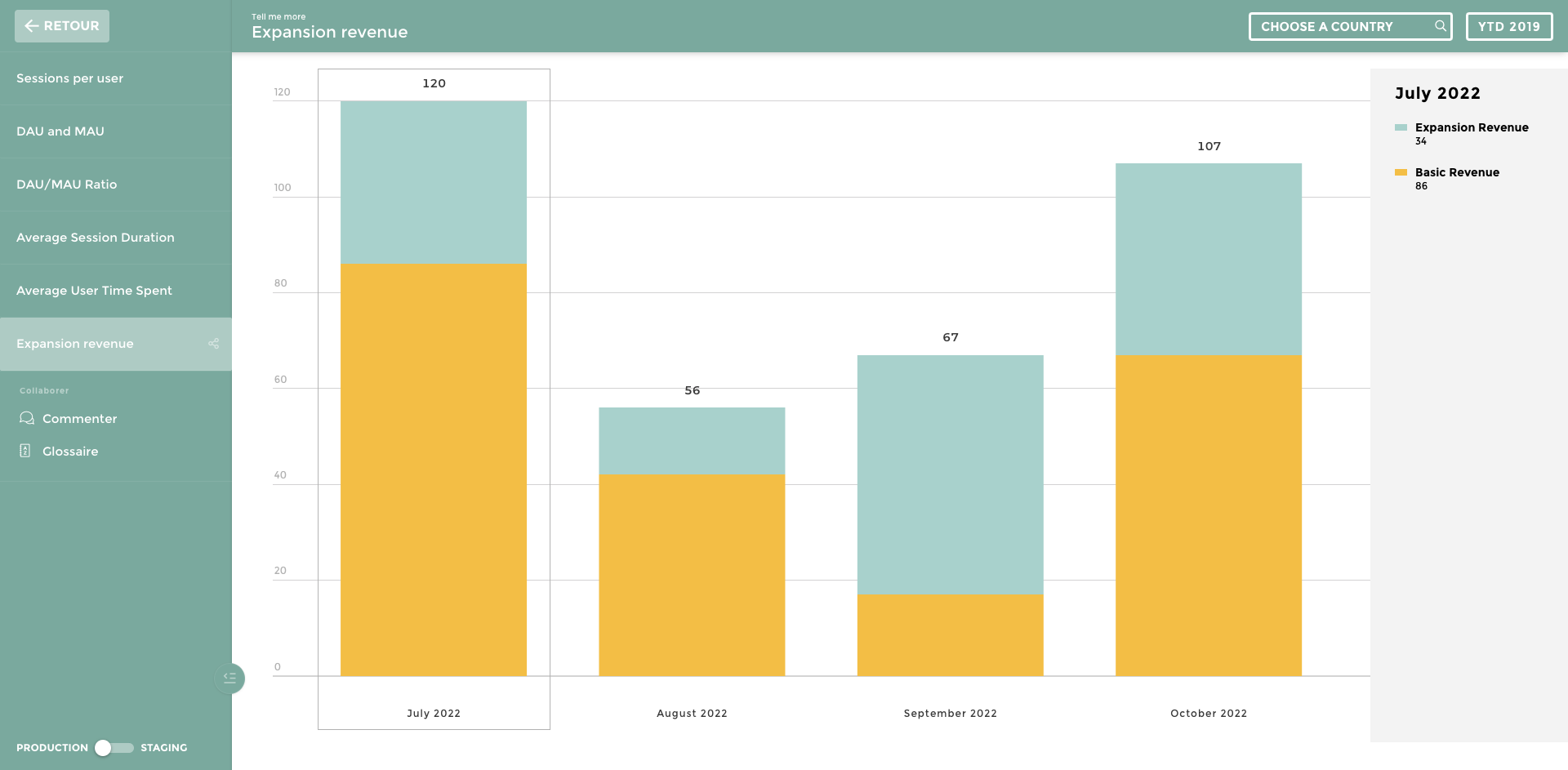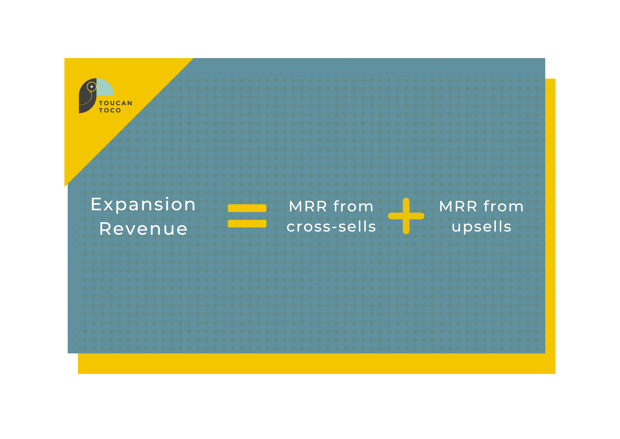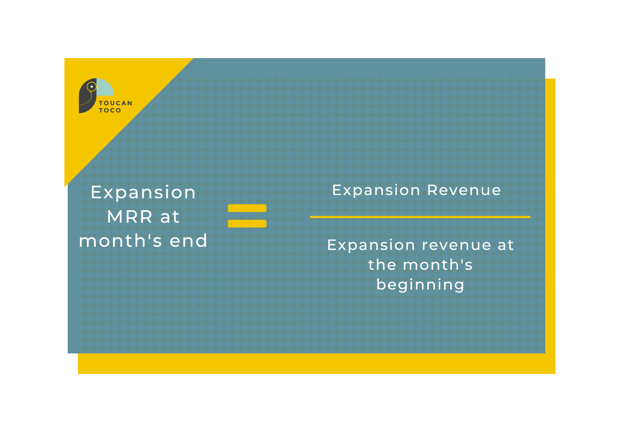Expansion Revenue - What is it?
When people think about revenue generation, they almost always think about sales. Higher sales mean more revenue right? Sales are an integral part of revenue generation, but they do not account for cost savings that result in revenue increases.
Expansion revenue is an important source of revenue for companies, and tracking this metric can be a game-changer for companies with a limited budget. For SaaS and subscription-based businesses, if customers find your product less valuable than the competition's, churn is inevitable.
So what is expansion revenue and why is it such an important metric to monitor? We'll break it down.
What is Expansion Revenue?
Expansion revenue is defined as revenue that is generated above a customer's initial purchase. This metric is most commonly measured on a monthly basis (Expansion MRR). Here are some of the two methods that result in higher expansion revenue:
- Upselling: Your existing customers upgrade to a larger plan.
- Cross-selling: You share additional features or products that allow your existing customers to use your product more effectively.
These two methods can be greatly beneficial to a company in the long run. After all, why wouldn't you sell additional features or products to customers who are already satisfied with your product? Upselling and cross-selling can greatly increase your expansion revenue and allow your business to reinvest in product upgrades.

How Do You Grow Expansion Revenue?
Growing your expansion revenue isn't as simple as forcefully upselling and cross-selling. You must demonstrate value across your product range to the right audience segments. Here are some ways to provide more value to your customers and build your upselling/cross-selling strategy:
Identifying Core Value
Understanding exactly what value your product provides is key. Yes, it might sound a little simplistic, but although your product may offer value in multiple areas, understanding why customers are extracting value can help determine which feature or products you can upsell and cross-sell.
Understand Your Customers
Tracking your customer's interactive journey with your product is key to expansion revenue. Tracking engagement and how customers react to new features and product offerings can offer insights into upselling and cross-selling strategies.
Diversify Your Product Offerings
Ultimately, price is the most important factor in your customer's decision to invest in your product. Testing your product price plans at different price points can be the difference between a successful or failing cross-selling strategy.
Welcome Feedback
Taking feedback from your customers and applying it to your product offerings is the easiest way to increase expansion revenue. Identifying pain points and key product shortcomings can strengthen a product and provide a foundation for a strong upselling strategy.
How To Calculate Expansion Revenue
Expansion revenue can be calculated by using the following formula:

This formula generates expansion revenue for a specified time period. To calculate Expansion MRR at a month's end, you can use the following formula:

Why Expansion Revenue is Important
Targeting existing customers to generate expansion revenue is the most effective way to lower customer acquisition costs and increase company growth.
Tracking expansion revenue and upselling/cross-selling strategies can be a nightmare without modern analytics. With a tool like Toucan, you can track and share your expansion revenue insights and track your customer journey in real time.


.png?width=710&name=CTA%20Template%20%E2%80%94%20Free%20Trial%20(2).png)